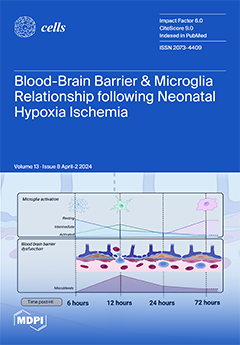Cervical cancer is a major cause of death in women despite the advancement of current treatment modalities. The conventional therapeutic agent, cisplatin (CCDP), is the standard treatment for CC; however, resistance often develops due to the cancer’s heterogeneity. Therefore, a detailed elucidation of the specific molecular mechanisms driving CC is crucial for the development of targeted therapeutic strategies. Retinoblastoma binding protein 6 (
RBBP6) is a potential biomarker associated with cell proliferation and is upregulated in cervical cancer sites, exhibiting apoptosis and dysregulated
p53 expression. Furthermore,
RBBP6 has been demonstrated to sensitize cancer cells to radiation and certain chemotherapeutic agents by regulating the
Bcl-2 gene, thus suggesting a crosstalk among
RBBP6/p53/
BCL-2 oncogenic signatures. The present study, therefore, investigated the relationship between cisplatin and
RBBP6 expression in CC cells. Herein, we first explored bioinformatics simulations and identified that the
RBBP6/p53/BCL-2 signaling pathway is overexpressed and correlated with CC. For further analysis, we explored the Genomics of Drug Sensitivity in Cancer (GDSC) and found that most of the CC cell lines are sensitive to CCDP. To validate these findings,
RBBP6 was silenced in HeLa and Vero cells using RNAi technology, followed by measurement of wild-type
p53 and
Bcl-2 at the mRNA level using qPCR. Cells co-treated with cisplatin and siRBBP6 were subsequently analyzed for apoptosis induction and real-time growth monitoring using flow cytometry and the xCELLigence system, respectively. Cancer cells in the co-treatment group showed a reduction in apoptosis compared to the cisplatin-treated group. Moreover, the real-time growth monitoring revealed a reduced growth rate in
RBBP6 knockdown cells treated with cisplatin. Although wild-type
p53 remained unchanged in the co-treatment group of cancer cells,
Bcl-2 was completely repressed, suggesting that
RBBP6 is necessary for sensitizing cervical cancer cells to cisplatin treatment by downregulating
Bcl-2. The Vero cell population, which served as a non-cancerous control cell line in this study, remained viable following treatment with both siRBBP6 and cisplatin. Findings from this study suggest that
RBBP6 expression promotes cisplatin sensitivity in HeLa cells through
Bcl-2 downregulation. Knockdown of
RBBP6 limits apoptosis induction and delays cell growth inhibition in response to cisplatin. The knowledge obtained here has the potential to help improve cisplatin efficacy through personalized administration based on the expression profile of
RBBP6 among individual patients.
Full article






